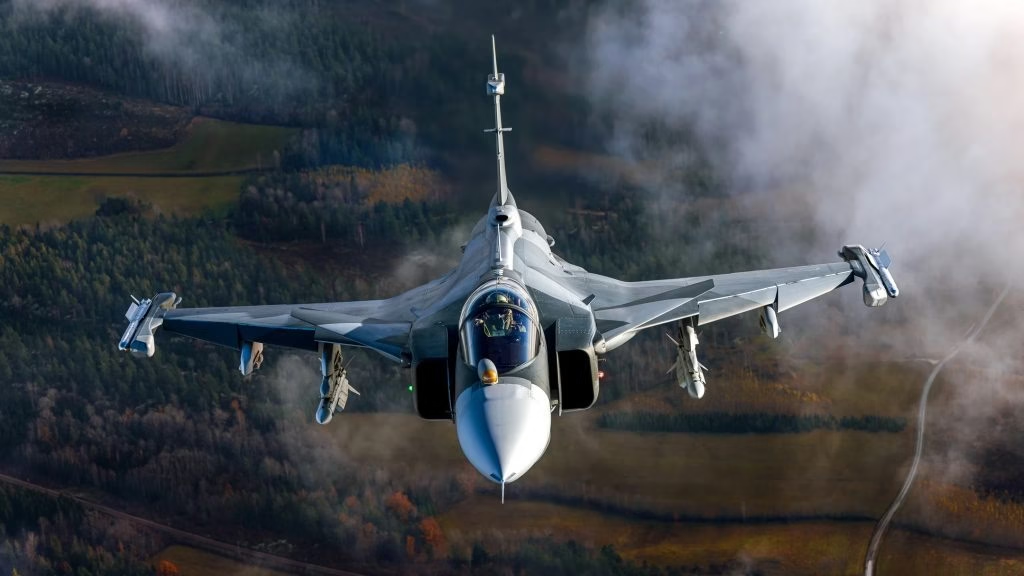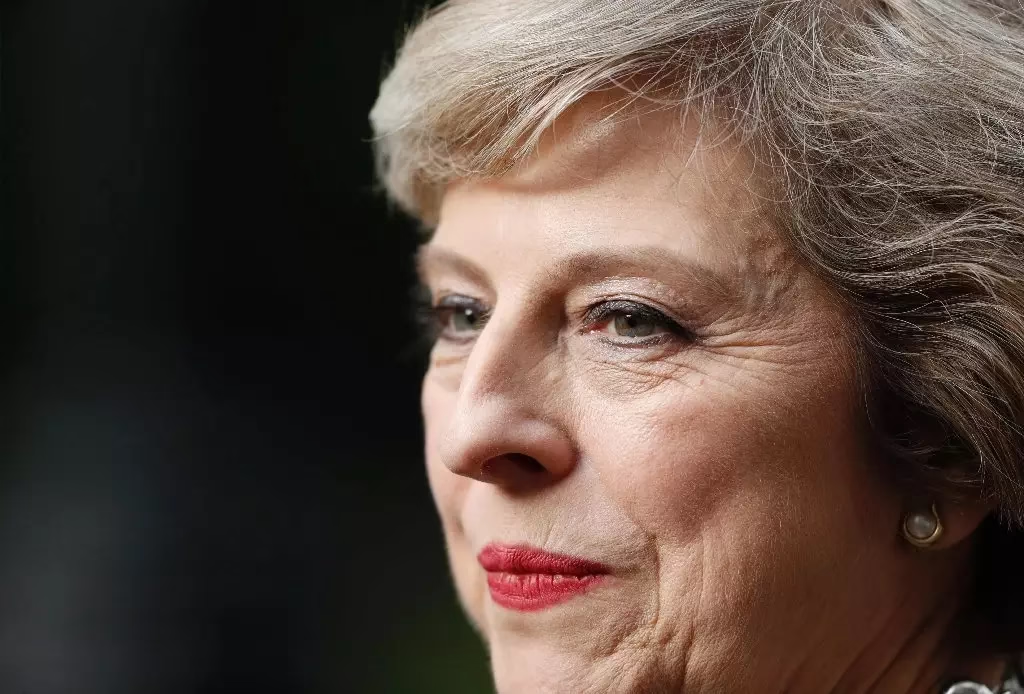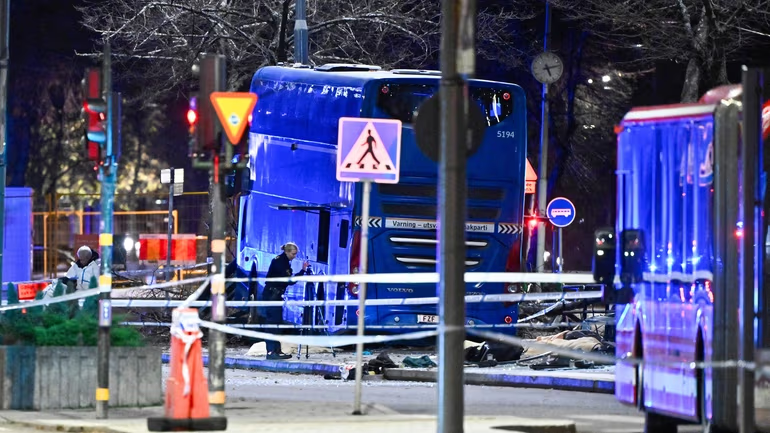China has launched a large-scale military drill around Taiwan, calling the island’s leaders “separatists” and “parasites” who are leading their people toward conflict. The exercises, which started without warning, are a direct show of force from Beijing, which insists Taiwan is part of its territory and has repeatedly threatened to take control—by force if necessary.
Over the last few years, China has dramatically ramped up its military presence near Taiwan, sending waves of fighter jets and naval vessels toward the island in an attempt to assert dominance. But this time, the drills come with an even stronger message. China’s People’s Liberation Army (PLA) has made it clear that these exercises are a “stern warning” to Taiwan’s democratically elected government, which Beijing accuses of pushing for independence.
According to China’s Eastern Theater Command, which oversees military operations near Taiwan, the drills involve forces from the navy, army, and rocket units, all converging on the island from multiple directions. The exercises are designed to simulate a full-scale blockade, demonstrate control over key routes, and rehearse attacks on land and sea targets. This time, China has been especially vocal, releasing a propaganda campaign alongside the drills. Official military graphics show ships and fighter jets surrounding Taiwan, with warnings that “Taiwan separatists” are “courting disaster.”
Taiwan’s government, led by President Lai Ching-te, has strongly rejected China’s accusations. Just last month, Lai called China a “foreign hostile force” and announced new measures to combat Beijing’s espionage and infiltration efforts. Taiwan’s military has also been preparing for a potential escalation, conducting its own training exercises to counter a possible attack or blockade disguised as a drill.
What makes these latest exercises different is their sudden launch and explicitly threatening tone. While similar drills took place in 2023 and 2024, those had official names—this one does not. A Chinese military analyst suggested this could be a sign that Beijing is trying to normalize such military intimidation, making it a routine part of life in the Taiwan Strait.
Internationally, the U.S. is closely watching the situation. Defense Secretary Pete Hegseth has been touring Asian countries, reaffirming America’s commitment to countering China’s military ambitions and ensuring Taiwan is not left vulnerable. Some experts believe China’s aggressive stance is also aimed at Washington, trying to dissuade the U.S. from offering too much support to Taiwan’s government.
The timing of these exercises is no coincidence. Analysts say China is particularly upset about a speech President Lai gave on March 13, which Beijing saw as provocative. The heightened propaganda campaign suggests China wants to pressure the U.S. into reconsidering its backing of Taiwan, portraying Lai as a destabilizing figure.
With tensions running high and military forces in close proximity, the risk of miscalculation remains real. For now, Taiwan and its allies are bracing for whatever comes next, knowing that Beijing’s military pressure is unlikely to ease anytime soon.








